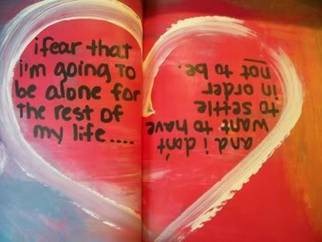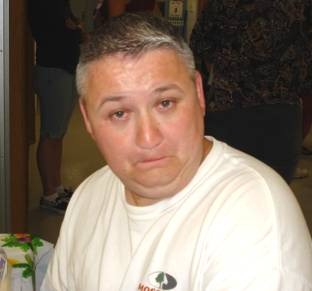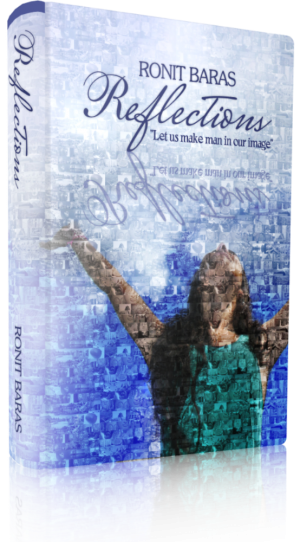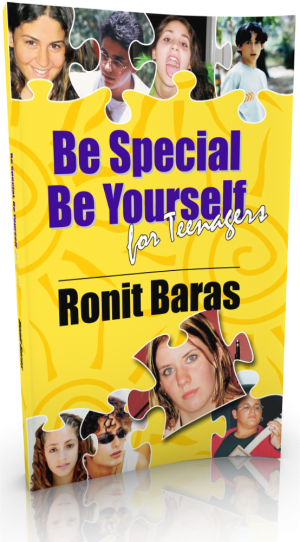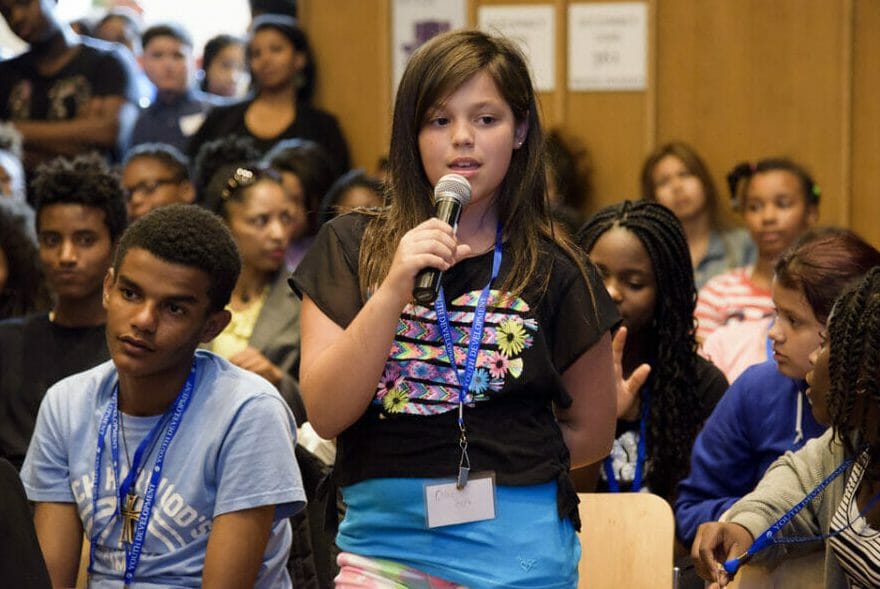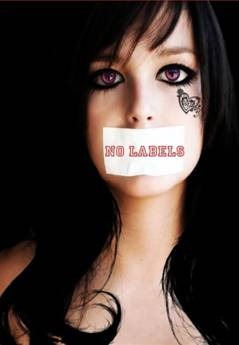
Creating labels is another function we use in order to help us survive this world. Humans use labeling to manage the complexity of our environment.
Think about schooling. We send all the kids within a date range to 1st Grade when the difference in age between them is much higher than that between the youngest child in 2nd Grade and the oldest child in 1st Grade (could be just one or two days). We have built a whole education system on that huge range of 365 days, in which kids were born at different times of the day, have different family structures, live with a different number of other people in the same house, come from different socio-economic backgrounds and have different interests. Still, we categorize them all as 1st Graders.
Labeling is part of our day-to-day life. We do it for our own sake and not necessarily for the sake of those we label.
If you take 1,000 random people and put them next to each other, you will not find two that have the exact same skin color or the exact same hobbies. Yet, we often label people by skin color or say they all love drawing, although their skin is different in shade and texture and some love drawing animals, some prefer to draw plants and each person uses a different technique.
In 1930, Linguist Benjamin Whorf came up with the “linguistic relativity hypothesis”. According to him, the words we use not only describe what we see, but actually determine what we see.
